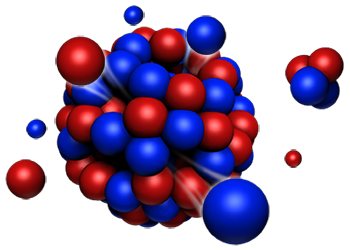Speaker
Description
The Rutherford Appleton Laboratory, based in Oxfordshire, UK, has a long history of proton accelerator operations. In late 1984 the first neutrons were produced in the ISIS Neutron and Muon Source and operations have continued since then and expanded with the opening of the second target station in 2008.
The solid waste items produced from operation of ISIS are all considered against their potential to be radioactive. Many pieces of equipment that were near-beam when in use are both large and heavy and are clearly activated in some parts where energetic particles have hit. They pose different challenges with respect to characterization but common aspects are the presence of activated metals, and also in some cases concrete, and the inhomogeneity of the activation.
When the item is declared as waste, because of design change or failure of a component, decisions are needed as to how much work is needed to safely, legally and with minimum expenditure dispose of the item. A Best Available Technique (BAT) study is required as part of the UK Environment Agency permit to create and dispose of radioactive materials and this applies to ISIS. The BAT study examines the options for disposal and the “do nothing invasive” and the “do minimal invasive investigations” options involving not cutting or dismantling the item is always highly preferred as this minimises worker dose, secondary waste arisings, time and costs.
This presentation gives examples of waste characterisation of large items undertaken at ISIS, highlighting constraints, lessons learnt and opportunities for savings. Two specific examples are given of the characterisation of a neutron-beam shutter weighing about 7 tonnes and also of a moveable electro-magnet support, known as a trolley, weighing over 9 tonnes. The patterns of activation and the future work needed to dispose of similar items is considered.

